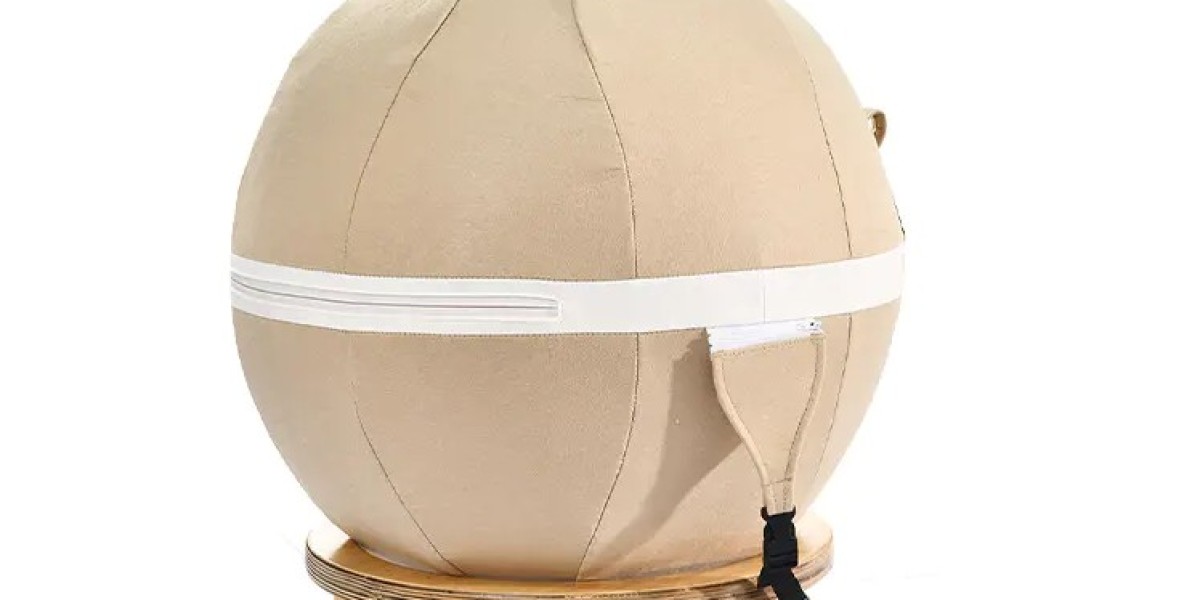The Yoga Ball has become a standout accessory in the expanding home fitness market, reflecting broader consumer demand for versatile and compact equipment. As more people invest in workout gear for their living spaces, stability balls are seeing renewed attention — in part because they support a wide variety of functional movements without occupying much room.
A significant factor fueling this surge is the rise of hybrid workout regimes. Rather than relying on traditional machines or weights, many fitness enthusiasts are blending strength, mobility, and balance routines using minimal gear. The Yoga Ball is ideally suited to this approach: it offers a low-cost, multi-purpose platform for core training, stretching, and dynamic stability exercises.
Beyond strength training, people are using yoga balls at work or in everyday settings. Some choose to sit on a Yoga Ball as an alternative to traditional chairs, finding that the mild instability encourages better posture and active engagement of core muscles. Others incorporate simple bounce or tilt routines during breaks to relieve tension and maintain mobility.
Safety and durability remain central considerations. Many of the latest Yoga Ball designs feature reinforced, anti-burst materials, ensuring they can tolerate repeated inflations and extended use. These improvements make the ball a reliable tool for both beginners and seasoned users.
In summary, the Yoga Ball is no longer just a niche fitness prop — it’s a mainstream choice for home wellness. Its blend of compact design, functional utility, and movement variety makes it well aligned with how people are reshaping their fitness habits in modern living environments.








